Chevrolet Sonic Repair Manual: Brake Pipe Replacement
Special Tools
CH-45405 Brake Pipe Flaring Kit
For equivalent regional tools, refer to Special Tools.
- If sectioning the brake pipe, use replacement pipe of the same type and outside diameter.
- Use fittings of the appropriate size and type.
- Only create flares of the same type or design as originally equipped on the vehicle.
- Inspect the area of brake pipe to be repaired or replaced.
- Release the brake pipe to be replaced from the retainers, as required.
- Select an appropriate location to section the brake pipe, if necessary.
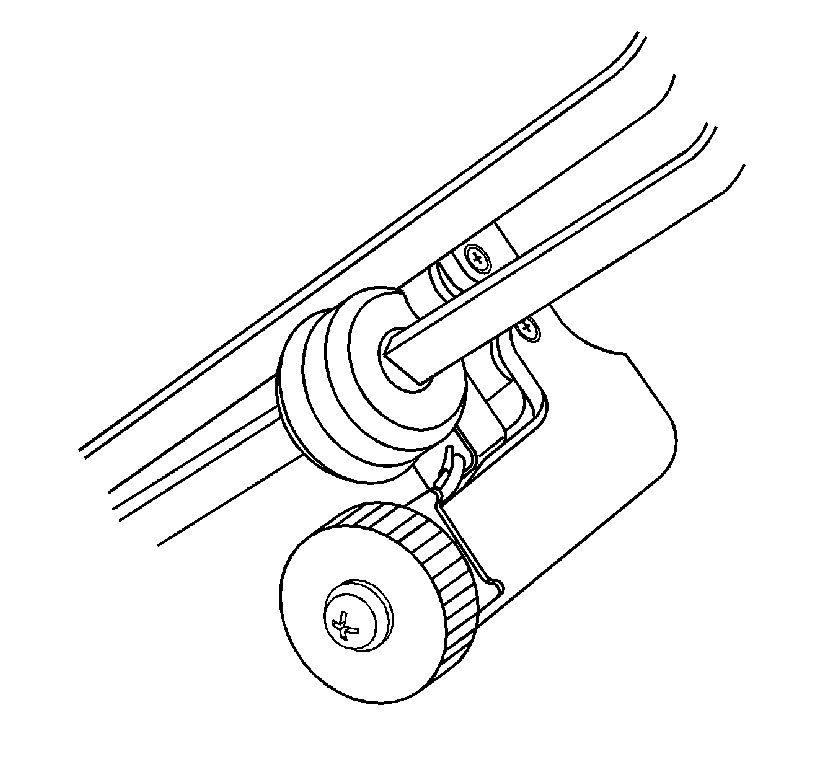
Warning:
Refer to Brake Fluid Irritant Warning.
Warning:
Always use double walled steel brake pipe when replacing brake pipes. The use of any other pipe is not recommended and may cause brake system failure. Carefully route and retain replacement brake pipes. Always use the correct fasteners and the original location for replacement brake pipes. Failure to properly route and retain brake pipes may cause damage to the brake pipes and cause brake system failure.
Caution:
Refer to Brake Fluid Effects on Paint and Electrical Components Caution.
Note:
When servicing the brake pipes, note the following:
- Allow adequate clearance in order to maneuver the CH-45405 Brake Pipe Flaring Kit .
- Avoid sectioning the brake pipe at bends or mounting points.
Specification
- 6.35 mm (0.250 in) for 4.76 mm (3/16 in) diameter pipe
- 9.50 mm (0.374 in) for 6.35 mm (1/4 in) diameter pipe
- 12.67 mm (0.499 in) for 7.94 mm (5/16 in) diameter pipe
Note:
Ensure that the brake pipe end to be flared is cut at a square, 90 degree angle to the pipe length.
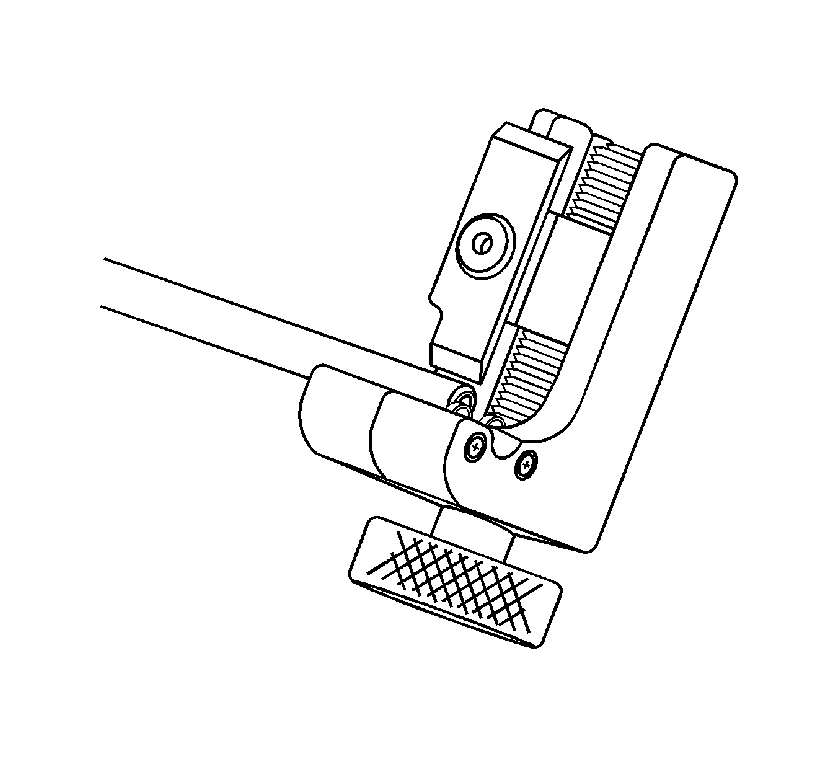
- Select the appropriate blade on the coating stripping tool included in the
CH-45405 Brake Pipe Flaring Kit , by unthreading the blade block from
the stripping tool and installing the block with the desired blade facing the
tool rollers.
Specification
- 6.35 mm (0.250 in) blade for 4.76 mm (3/16 in) diameter pipe
- 9.50 mm (0.374 in) blade for 6.35 mm (1/4 in) and 7.94 mm (5/16 in) diameter pipe
- Insert the brake pipe end to be flared into the stripping tool to the depth of the ledge on the tool rollers.
- While holding the brake pipe firmly against the stripping tool roller ledges, rotate the thumbwheel of the tool until the blade contacts the brake pipe coated surface.
- Rotate the stripping tool in a clockwise direction, ensuring that the brake pipe end remains against the tool roller ledges.
- After each successive revolution of the stripping tool, carefully rotate the thumbwheel of the tool clockwise, in order to continue stripping the coating from the brake pipe until the metal pipe surface is exposed.
- Loosen the thumbwheel of the tool and remove the brake pipe.
Note:
Ensure that all loose remnants of the nylon coating have been removed from the brake pipe.
- Inspect the stripped end of the brake pipe to ensure that the proper amount
of coating has been removed.
Specification
- 6.35 mm (0.250 in) for 4.76 mm (3/16 in) diameter pipe
- 9.50 mm (0.374 in) for 6.35 mm (1/4 in) and 7.94 mm (5/16 in) diameter pipe
Note:
Do not gouge the metal surface of the brake pipe.
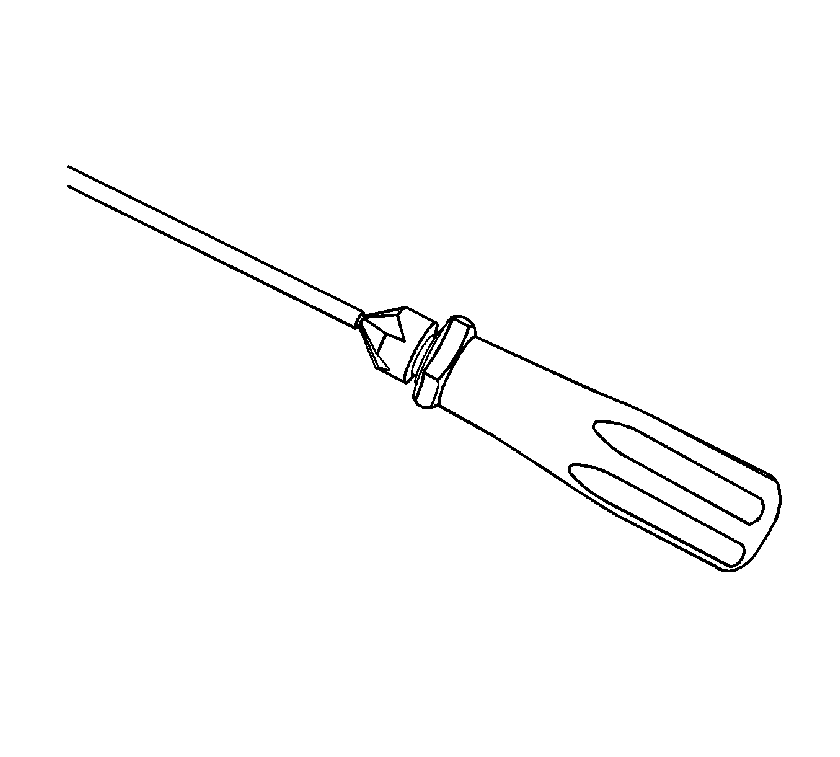
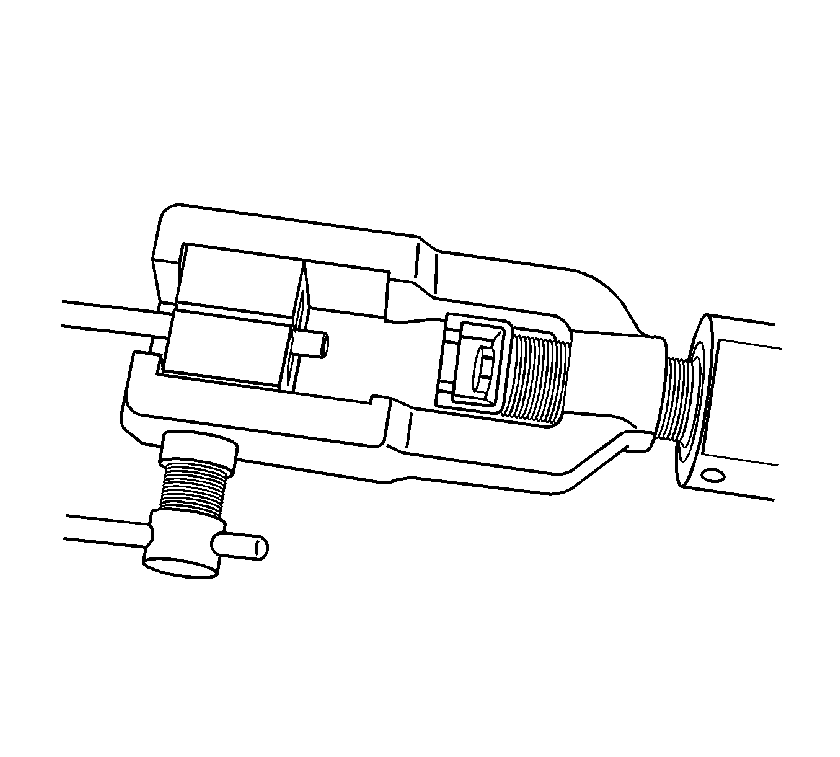
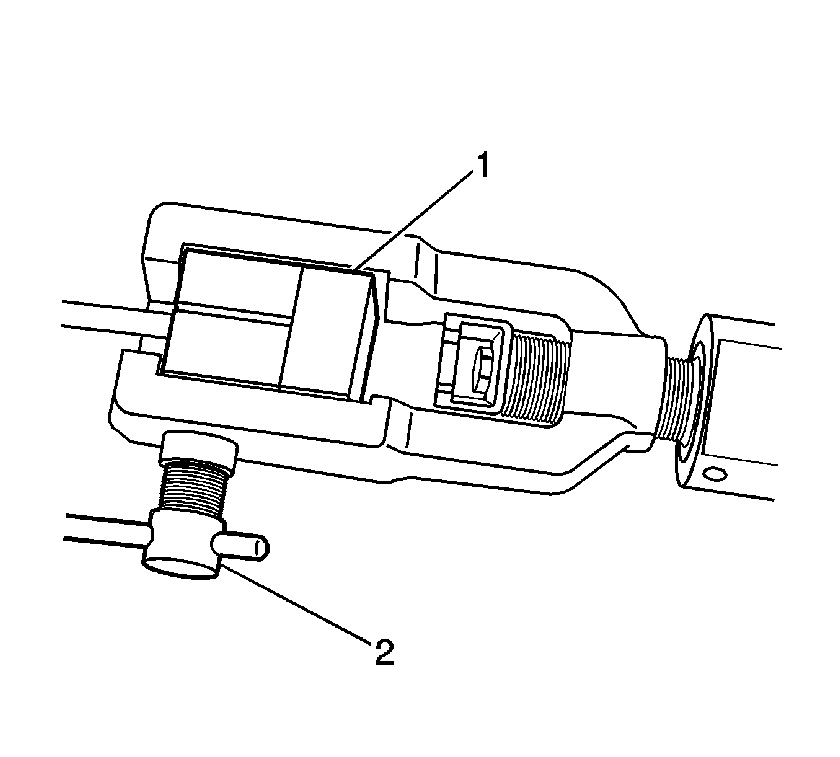
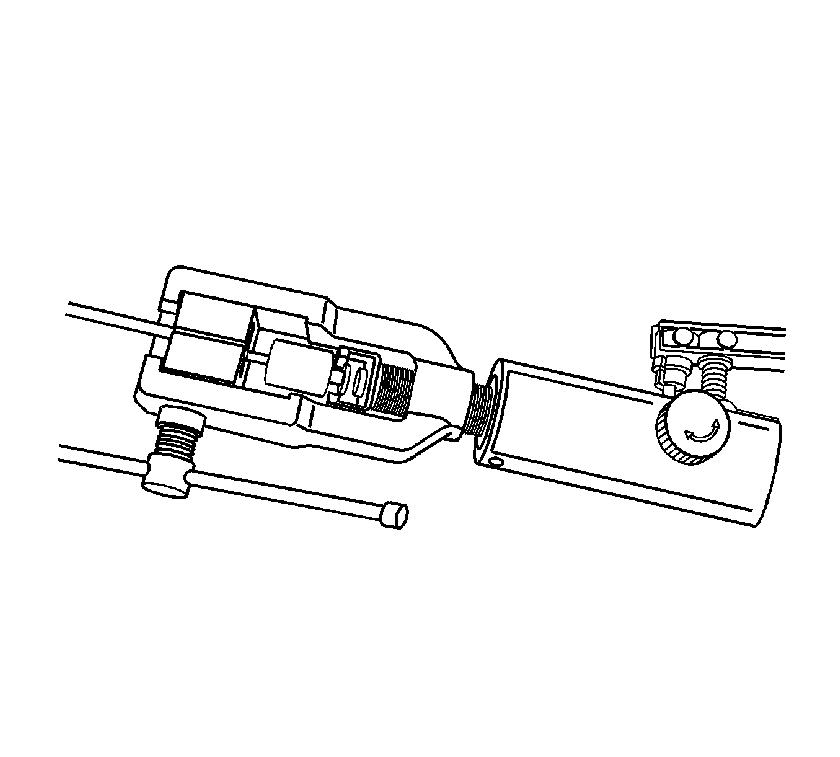
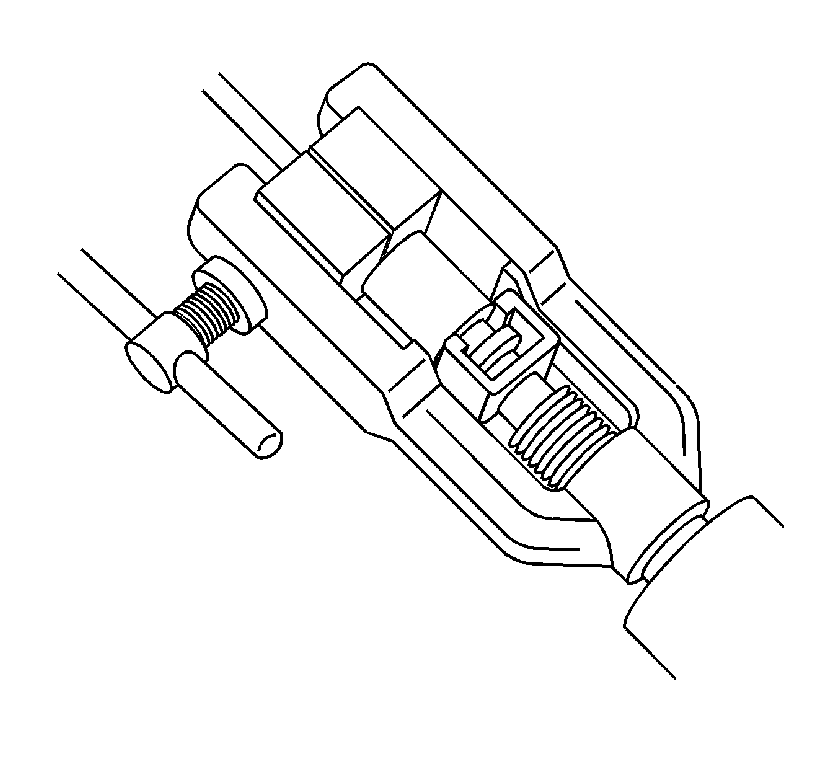
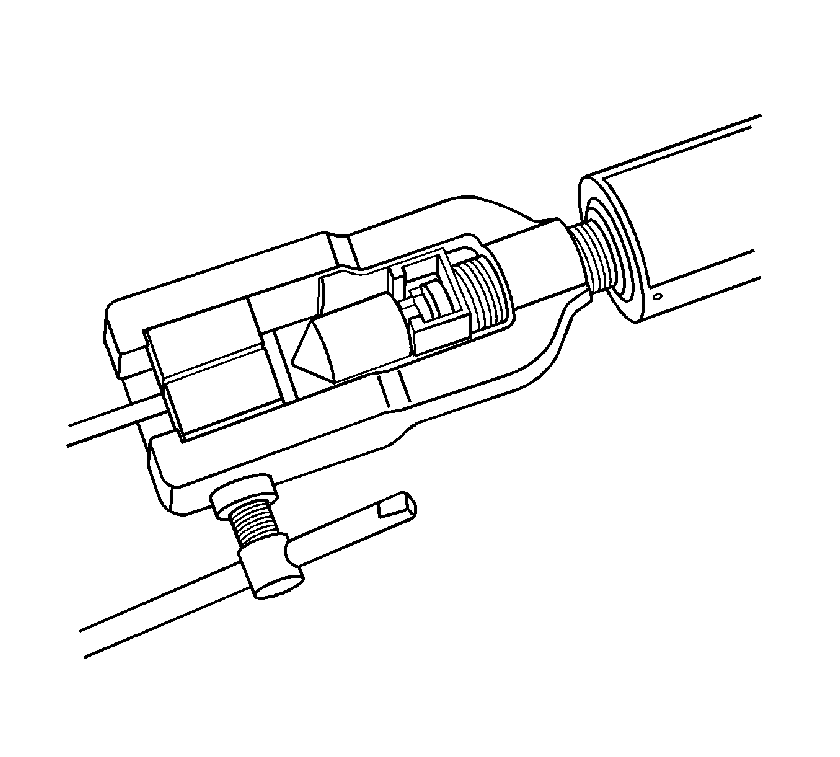
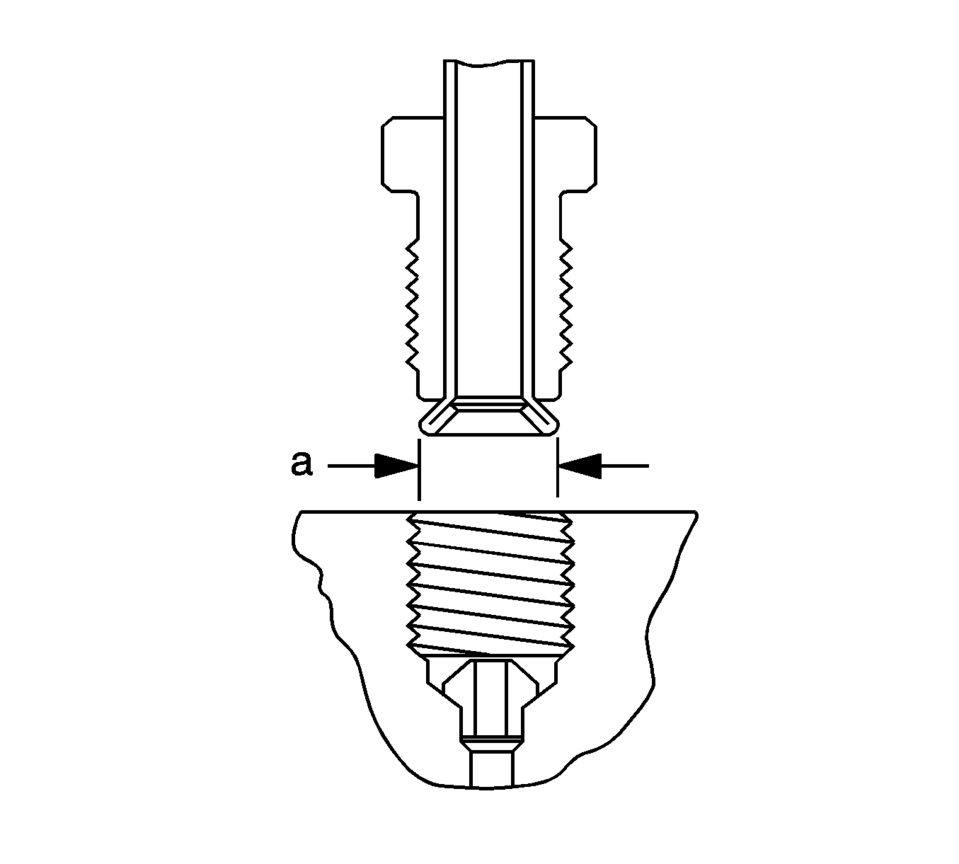
Specification
- 6.74–7.10 mm (0.265–0.279 in) flare diameter for 4.76 mm (3/16 in) diameter pipe
- 8.57–9.27 mm (0.344–0.358 in) flare diameter for 6.35 mm (1/4 in) diameter pipe
- 10.42–10.79 mm (0.410–0.425 in) flare diameter for 7.94 mm (5/16 in) diameter pipe
Note:
When installing the pipe, maintain a clearance of 19 mm (3/4 in) from all moving or vibrating components.
 Brake Fluid Warning
Brake Fluid Warning
Warning: Use only Delco Supreme 11, GM P/N 12377967 (Canadian P/N 992667),
or equivalent DOT 3 brake fluid from a clean, sealed container. Do not use fluid
from ...
 Brake Pipe and Hose Inspection
Brake Pipe and Hose Inspection
Warning: Refer to Brake Fluid Irritant Warning.
Caution: Refer to Brake Fluid Effects on Paint and Electrical Components
Caution.
Visually inspect all of the brake pipes for the fo ...
Other materials:
Tire Pressure Monitor Operation
This vehicle may have a Tire Pressure Monitor System (TPMS). The TPMS is designed
to warn the driver when a low tire pressure condition exists. TPMS sensors are mounted
onto each tire and wheel assembly, excluding the spare tire and wheel assembly.
The TPMS sensors monitor the air pressure in ...
Charge Air Bypass Regulator Solenoid Valve Replacement
Charge Air Bypass Regulator Solenoid Valve Replacement
Callout
Component Name
1
Charge Air Bypass Regulator Solenoid Valve Hose (Qty: 3)
Procedure
Disconnect the electrical connector.
...
Drive Belt Replacement
Special Tools
EN-48488 Holding Wrench
EN-955 Locking Pin
For equivalent regional tools, refer to Special Tools.
Removal Procedure
Remove the right front wheelhouse liner extension. Refer to Front Wheelhouse
Liner Inner Front Extension Replacement.
Install the engine s ...
0.0057
